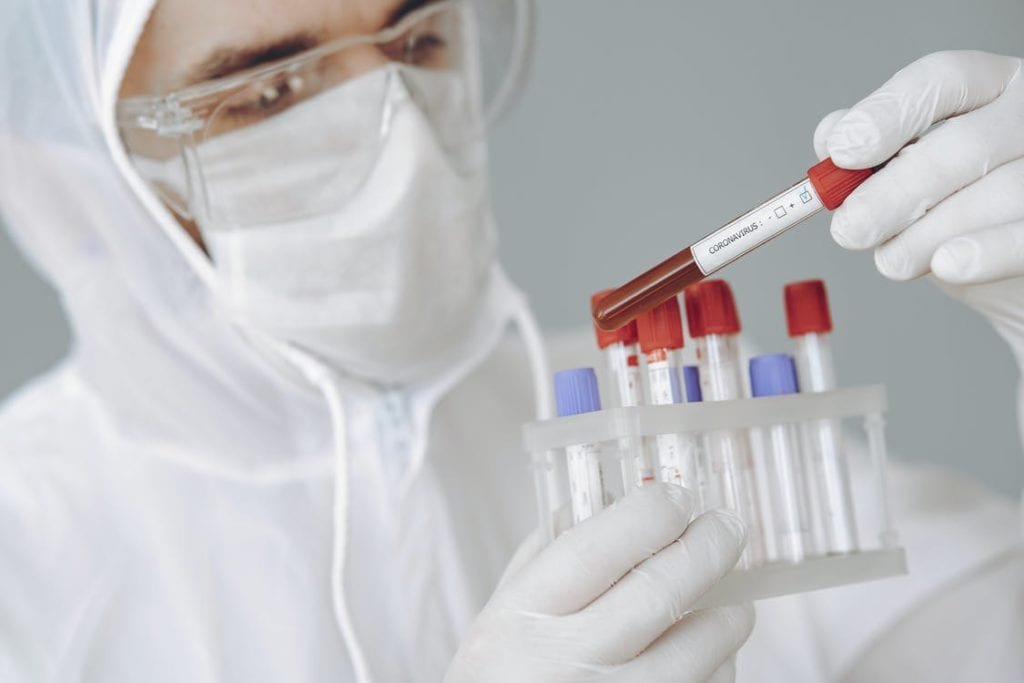A) What is a Medical Biotechnology?
Medical biotechnology or red biotechnology is the branch of biotechnology that involves the use of living cells, tissues to manufacture products that can be used as therapeutic drugs for treatment, prevention, and diagnosis of various diseases5.
B) What is biomedical science?
Biomedical science is the branch of science that combines natural science with biology. It mainly focuses on how the cells grow, divide in the body. Biomedical science also helps to develop medicines for human diseases10.
C) Techniques in medical biotechnology: The various techniques in medical biotechnology are discussed below:
1) Polymerase Chain reaction: also abbreviated as PCR. The technique was developed in the 1980s by Kary Mullis. PCR is an in vitro test performed inside a test tube using a DNA polymerase, DNA template, nucleotides, and primers to synthesize new strands of DNA. The PCR reaction is performed at a higher temperature which leads to the denaturation of the double-stranded DNA molecule into two new single strands. After which the primers bind to the specific homologous DNA sequences. The primer that is homologous to the target DNA sequence is elongated by the DNA polymerase enzyme. At the end of the PCR, a million copies of the target DNA sequence are obtained. The PCR is used to create multiple copies of target DNA and RNA both.
There are 3 main steps in PCR:
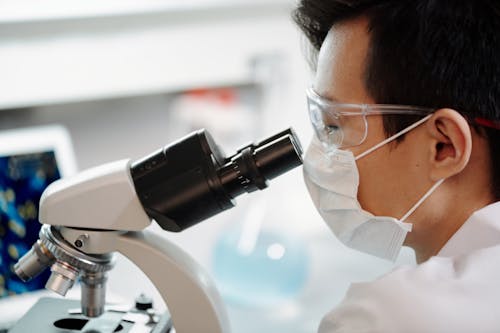
- Denaturation of target DNA: carried out a high temperature
- Annealing/ Joining: Primer joins to the homologous sequence on target DNA.
- Elongation: DNA polymerase enzyme is used for elongation purposes5.
2) Cell culture:
Cell culture is a major advancement in the field of molecular and cell biology. Cell culture is a technique in which in vivo cells are grown outside the body under controlled lab conditions. The various cells that can be grown are plant, animal, human cells, microbial planktonic cells, and fungal cells. Cell culture is a technique used for the production of enzymes, interleukins, hormones, antineoplastic agents, and vaccines.
There are three main types of cell culture which are listed below:
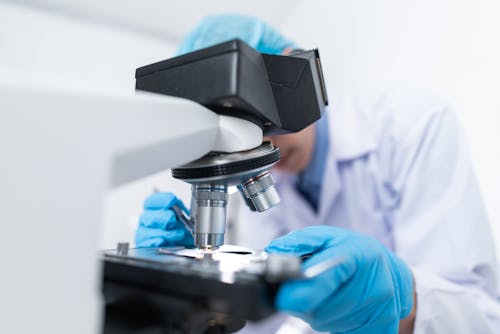
a) Primary cell culture: In primary cells, culture cells are obtained from parental tissue and allowed them to grow under controlled conditions. Primary cell culture is of two types 1) Adherent cells and 2) Suspension cells
- Adherent cells are immobile cells which require attachment for growth. Example: Kidney cells
- Suspension cells are cells that do not require attachment for growth. Example: lymphocyte cells. In suspension cells, cells are suspended in a liquid medium. The advantage of cell suspension is that it allows the cells to be uniformly suspended in the liquid growth medium.
Advantage of primary cells: Since primary cells mimic the in vivo cells, hence they are more preferred over cell lines and are important in cell and molecular biology research1.
b) Secondary cell culture: are the cells which are obtained by subculturing from primary cells2.
c) Cell line: The secondary cells undergo continuous division to form a group of finite cells which is known as cell line2.
The cell culture can also be divided into 2 types:
- 2-dimensional cell culture: the cells are grown on a 2-dimensional surface.
- 3-dimensional cell culture: the cells are grown on a 3-dimensional surface. In this, the cells differentiate into specific cells that are essential in tissue formation. (book ref)
The main components required for culturing and growth of cells are listed below:
- Growth medium: Natural or synthetic medium. (depends on the type of cells)
- Optimum Temperature conditions
- Buffer to maintain the pH.
- CO2 incubator.
Cell culture techniques are used to obtain stem cells for stem cell therapy5.
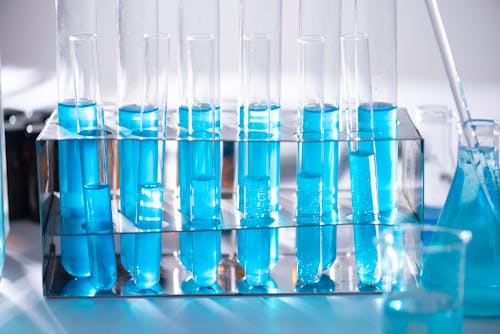
3) Stem cells: Stem cells are nonspecific human body cells that differentiate into specific human cells. Self-renewal and differentiation are the most significant features exhibited by stem cells.
Examples of stem cells: Embryonic stem cells (ESCs), induced pluripotent stem cells (IPSCs), cancer stem cells (CSCs), inner cell mass (ICM) of blastocyst embryos, hematopoietic stem cells (HSCs) and mesenchymal stem cells (MSCs)5.
Stem cell therapy promotes the repair of injured/ nonfunctional/ mutated cells and tissues. For stem cell therapy, stem cells are grown in the lab under controlled conditions. The stem cells obtained are then inserted into the disease person4.
4) Recombinant DNA technology: Recombinant DNA technology abbreviated as rDNA technology is a major advancement in the field of biotechnology. With the help of rDNA technology, single or multiple genes can be inserted into the genome of another individual. In the field of medical biotechnology, human insulin is the first major product produced using rDNA technology.
rDNA technology uses three main parameters:
1) Enzymes: various enzymes such as restriction enzymes, polymerases, and ligases are used. The function of all three enzymes are listed below:
a) Restriction enzyme: is the most important used in rDNA technology. Restriction enzymes cut the DNA molecule at a specific site called the restriction site.
b) Polymerases: help to synthesize the DNA molecule.
c) Ligases: Sticks the two strands of DNA.
2) Vectors: Vectors are the carriers of the desired gene into the host organism. The most commonly used vectors are bacteriophages and plasmids.
3) Host organism: is the target cell inside which the functional/desired gene needs to be inserted. Bacterial, fungal, and animal cells are some of the examples of the host organism.
The various techniques used to introduce the vector inside the host/ target cells are using either microinjection, gene gun, alternate cooling, and heating, etc…
The entire procedure for rDNA technology involves four steps which are listed below:

- The functional DNA is cut at the specific site using restriction enzymes.
- Amplifying the desired gene copies by PCR technique.
- The desired gene is inserted into the vectors.
- The vector is introduced inside the target cell5.
5) Fluorescence in situ hybridization technique: is one of the most basic techniques used to study the structure of DNA. With the help of this technique, the position of a specific DNA sequence can be determined. This technique was developed by Gall and Pardue in the year 1969. In this technique, a fluorescent probe is used. Initially, target DNA is mixed with the fluorescent probe. During the reaction, the fluorescent probe binds to the complementary sequence on the target DNA and then visualized using a fluorescent microscope technique5.
6) DNA sequencing: DNA sequencing is a technique which helps to determine the sequence of nucleotides within a DNA molecule. The technique of DNA sequencing was developed by Fred Sanger in the year 19555. Some of the most commonly used DNA sequencing techniques are listed below:
- Chain termination method
- Sanger sequencing method
- Clone by clone sequencing
- Maxam-Gilbert sequencing
- Next-generation sequencing3
Applications of DNA sequencing:
- It helps in understanding the structure of genes and the sequence codes for which type of proteins.
- It helps in predicting/ identifying the genetic mutations in various diseases.
- It helps in preparing therapeutic proteins3.
7) Genome sequencing: is a technique in biotechnology used to insert or replace a new gene or multiple genes in the human genome. Faulty, dysfunctional, or mutated genes can also be removed from the genome using this technique. For genome sequencing, specific nucleases class of enzymes are used. Zinc finger nucleases, transcription activator-like effector-based nucleases, the CRISPR/Cas system, and engineered meganuclease reengineered homing endonucleases are the four major classes of nucleases used for genome editing. This class of enzymes causes double-strand breaks in the DNA molecule at a specific sequence. Then, the endogenous repair mechanism within cells repairs the double-stranded breaks in DNA either by homologous recombination or nonhomologous end joining5.
D) Application of medical biotechnology5, 11
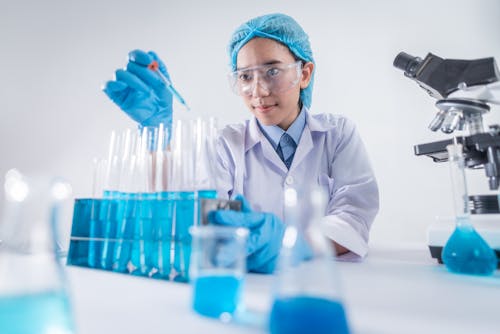
1) Vaccines: are a class of biologic products that are used to prevent various diseases. Vaccines provide acquired immunity against a particular disease. Vaccines consist of disease-causing inactivated antigen or toxins or their surface proteins which stimulate an immune response in individuals.
Examples of vaccines: BCG vaccine made from Mycobacterium bovis to prevent tuberculosis in individuals5.
2) Monoclonal antibodies: are man-made antibodies in a laboratory that neutralizes the effect of external antigens. Monoclonal antibodies are used for the treatment of cancer, an autoimmune disease. They are also used for diagnosis and prevention of diseases. In the treatment of cancer and autoimmune diseases, the major mechanisms by which monoclonal antibodies exert pharmacological effect is through blocking the targeted molecule functions, promoting apoptosis, and modulating the cell signaling pathways5, 11.
3) Recombinant proteins: are used as drugs for treatment. In the year 1982, human insulin was the first recombinant protein used for treatment purposes. At present, there are more than 170 recombinant protein products in the market which are used as therapeutic drugs5, 11.
Example of recombinant proteins: Growth factors, interleukins, TNF, etc.
4) Stem cell therapy: Stem cell therapy is used to treat neurodegenerative, cancer, birth defects, bone degeneration, osteoarthritis, etc.
Example: Cartistem stem cell product is used for the treatment of osteoarthritis.
Since stem cells help in identifying the signals and mechanisms of abnormal cells and thus helps in proposing the new strategies to combat diseases. Thus, stem cells are used for research purposes5, 11.
5) Tissue engineering: is a branch of biotechnology that involves the study of growth and development of tissues. At present various research studies are been attempted to generate tissues, cartilages, blood vessels, etc.5, 11
6) Antibiotics: belongs to a class of antimicrobial products used for the treatment and prophylaxis of bacterial infections/ infectious diseases. Antibiotics act by either disrupting the cell wall or prevent them from multiplying. Most of the antibiotics in use are obtained from a natural source such as plants, microorganisms, etc. Antibiotics either have a bactericidal effect or bacteriostatic effect5, 11.
Prontosil was the first systemically active antibacterial drug that was discovered by Gerhard Domagk in the year1933. Penicillin’s, cephalosporins, sulfonamides, etc. are some of the other classes of antibiotics5, 11.
E) Medical biotechnology Notations:

- Embryonic stem cells (ESCs): are the stem cells obtained from the inner cell mass of embryos5.
- induced pluripotent stem cells (IPSCs): are artificially produced stem cells obtained by promoting pluripotent properties in somatic adult cells5.
- inner cell mass (ICM): is a class of stem cells isolated from the primordial embryo5.
- hematopoietic stem cells (HSCs): are the stem cells that undergo division to give rise to new blood cells5.
- mesenchymal stem cells (MSCs): are the stem cells isolated from bone marrow. They are mainly responsible to make and repair skeletal tissues, cartilage, bones5.
- DNA: Deoxyribonucleic acid is the genetic material in all living organisms6.
- TNF: Tumor Necrosis Factor is a substance produced by macrophages and monocytes in response to the endotoxins produce the pathogen. TNF is mainly responsible for producing inflammation and induces the destruction of tumor cells7.
- Interleukins: is a class of in vivo proteins that stimulates inflammatory response8.
- CRISPR/Cas system: is a genome editing system isolated from bacteria. CRISPR/Cas system helps the bacteria to remember the invading viruses9.
F) References:
- Cell Culture
- Bone Marrow Transplant
- Pham, P. V. (2018). Medical biotechnology: techniques and applications. In Omics Technologies and Bio-Engineering (pp. 449-469). Academic Press.
- DNA
- Rheumatoid Arthritis
- Interleukin
- Genomicresearch
- Biomedical Sciences Admissions
- Biotechnology Applications

